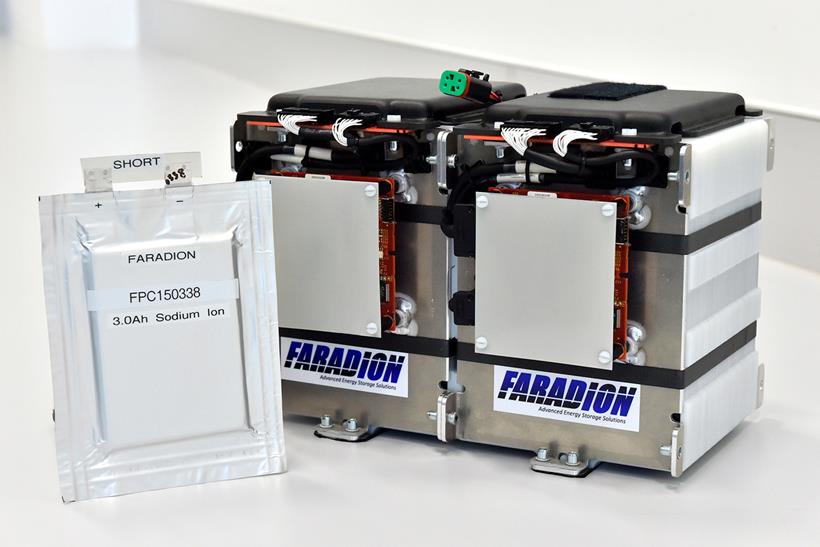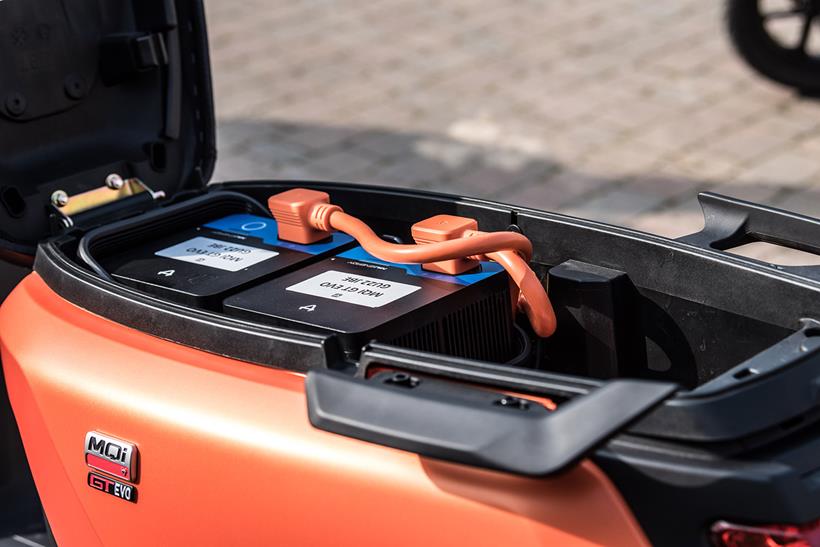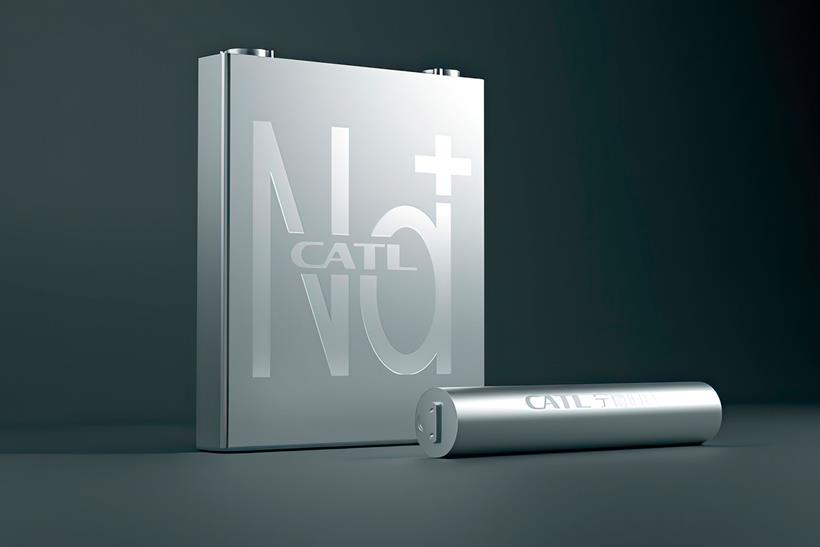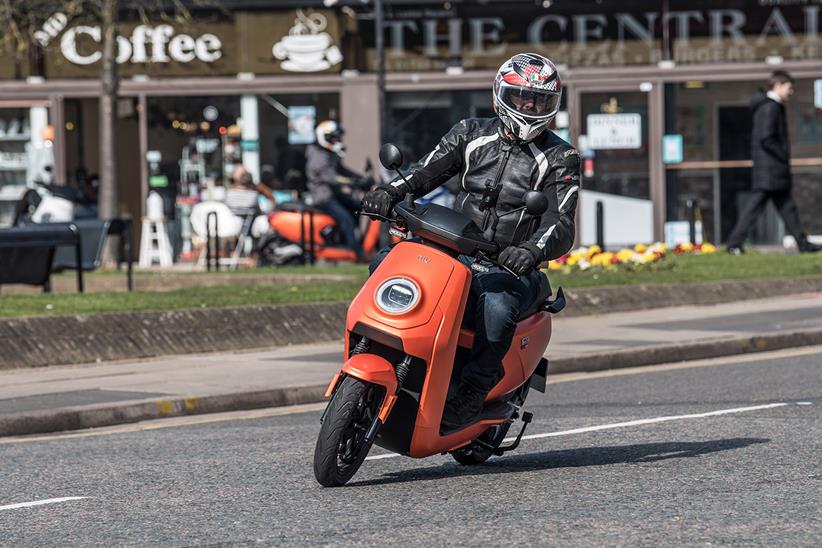Salt of the earth: Sodium-ion batteries are the safe, cheap and abundant alternative to lithium
Next year electric bike giants Niu plan to launch a scooter powered by a sodium-ion battery rather than the lithium-ion cells which have become ubiquitous across the burgeoning electric bike market.
And despite suggestions that it’s a backward step in terms of performance, sodium-ion technology could become dominant in the future as a cheaper, safer and greener alternative to lithium.
UK-based Faradion are leading lights in the effort to take sodium-ion batteries to mass production, and this year were bought by Reliance New Energy Solar Ltd, themselves a subsidiary of Reliance Industries, India’s largest private sector company, for an astonishing £100 million.

As well as being deployed directly in electric vehicle batteries, the technology is intended to be used as storage for fast-chargers – essentially acting as the equivalent of storage tanks at petrol stations, but for electricity, recharging during quiet periods and helping to prevent the electricity grid from being overloaded when a glut of vehicles are charging simultaneously at peak times.
The idea behind sodium-ion batteries is to provide, in Faradion’s own words, ‘lithium-ion performance at lead-acid prices’ by using sodium – which is widely available across the globe and can be extracted from salt – instead of lithium, which is relatively scarce and expensive.
The batteries themselves work on the same principle as lithium-ion batteries – the two elements are adjacent on the periodic table and have similar properties – but making the chemistry work in a commercially viable battery is the subject of a vast amount of work.

The rewards could be huge. CATL (Contemporary Amperex Technology Co, Ltd) – a Chinese company that’s the world’s largest manufacturer of lithium-ion batteries for EVs, with a market share of 32.6% in 2021 – unveiled their own sodium-ion battery last year, reflecting a growing concern that a replacement for, or at least an alternative to, today’s lithium-ion battery technology is needed.
Lithium prices have rocketed recently: in late 2020 lithium hydroxide used in Li-ion battery cathodes cost as little as $9 per kilogram, but that’s risen to around $75 in August 2022. Prices for lithium carbonate, used in electrolytes for Li-ion batteries, have followed a similar trajectory, thanks largely to the rapid rise in electric vehicle sales.
Within a few years EVs are expected to outsell combustion-engined vehicles, and some forecasts predict that the global supplies of lithium will become unable to keep pace with demand by as early as 2030.

The wide availability of sodium also means that supplies aren’t restricted to a few key parts of the world, which means sodium-ion batteries can be made using locally sourced materials, without as much environmental damage as the mining required for elements in lithium-ion batteries.
On the downside, current sodium-ion batteries are not quite as energy-dense as lithium-ion, so they’re more suited to lower-performance and range vehicles – for instance scooters – than faster bikes. CATL’s first-generation sodium cells manage 160Wh/kg, but the company are targeting energy density of 200Wh/kg from its next-gen batteries, which is approaching Li-ion levels, which are good for around 250Wh/kg.
Sodium-ion batteries in detail
Urban solution: The energy-density isn’t as high as Li-ion batteries (at least, not yet), making them more suited to energy storage at charging stations or for lower performance, cheaper scooters and city bikes.
Coming (very) soon: With CATL sodium-ion battery production due to start in 2023 and NIU set to launch a scooter using the same technology that year, sodium-ion batteries are genuinely on the verge of commercial availability, not endlessly ‘just around the corner’.
Flexible performance: Although less energy dense than Li-ion, sodium-ion cells can recharge fast – CATL claims 0-80% charge in 15 minutes – and retain charge well in cold weather, keeping 90% of their performance at -20°C.
Greener option: Sodium-ion batteries are essentially similar to lithium-ion cells but use much more widely available raw materials to cut down on costs and ecological damage from mining for lithium.
Safer storage: Unlike lithium cells, which can’t be discharged below about 30% of their capacity, sodium-ion batteries can be emptied to zero volts, making them safer to store and transport.








